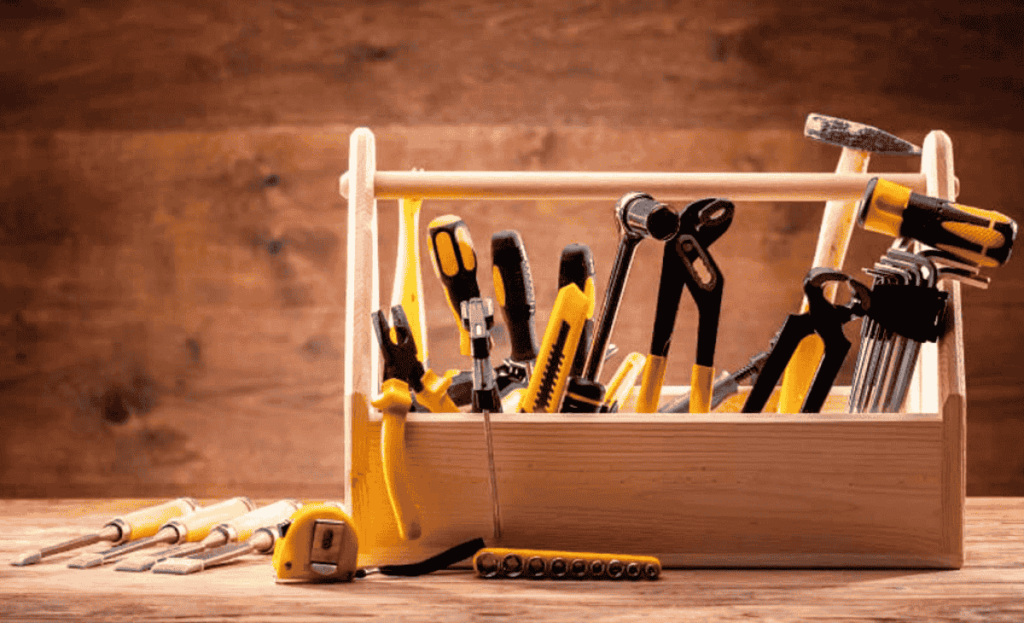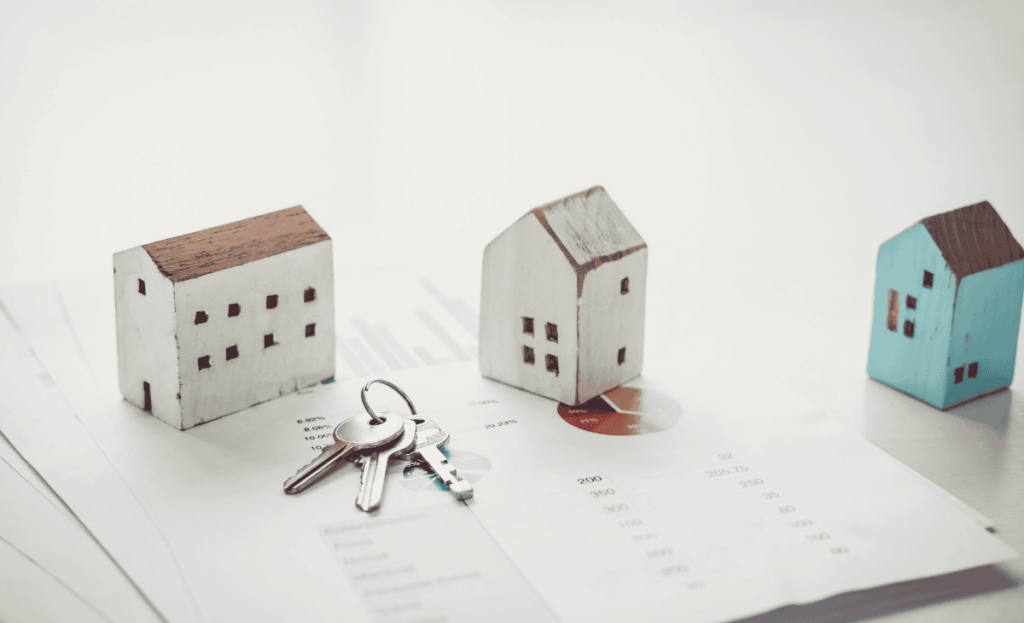Effective maintenance management is essential for rental property owners to preserve property value, keep tenants satisfied, and prevent costly repairs down the line. For Utah rentals, managing maintenance and repairs can be particularly important due to the state’s unique climate, seasonal weather patterns, and local regulations. Here are some best practices for handling routine maintenance and repairs, scheduling seasonal checks, and responding to emergency calls in Utah rentals.
1. Develop a Routine Maintenance Schedule
Routine maintenance ensures that your property remains in top condition, preventing minor issues from escalating into costly repairs. Establishing a maintenance and repairs schedule allows you to address common issues and maintain a safe, habitable environment for tenants.
- Monthly and Quarterly Checks: Perform regular inspections of key areas, such as HVAC filters, smoke detectors, plumbing fixtures, and safety features like handrails. Changing HVAC filters monthly and testing smoke detectors quarterly can extend the life of your systems and ensure tenant safety.
- Annual Inspections: Schedule an annual inspection for major systems like HVAC, water heaters, and roofs. These checks help you spot potential problems early, reducing the likelihood of emergency calls.
- Utah-Specific Tip: Utah’s cold winters and hot, dry summers can take a toll on HVAC systems and roofs. Scheduling bi-annual HVAC servicing before winter and summer helps ensure that heating and cooling systems work efficiently year-round.
2. Prepare for Seasonal Maintenance for your Utah Rentals
Utah’s climate requires specific seasonal preparations to protect your property from extreme temperatures and weather conditions. Each season brings unique maintenance requirements to help keep your property in excellent shape.
- Winter: Winters in Utah can be harsh, with heavy snowfall and freezing temperatures that increase the risk of frozen pipes. Winterize outdoor plumbing by insulating pipes, sealing windows and doors, and testing heating systems to ensure they’re working properly.
- Spring: Inspect the roof, gutters, and exterior of the property for any winter-related damage. Clean gutters and downspouts to ensure proper water drainage, which helps prevent water damage and foundation issues.
- Summer: Check cooling systems, service air conditioning units, and inspect sprinkler systems. Clean or replace filters in window and central air systems, and ensure tenants know how to operate the system efficiently.
- Fall: Prepare the property for winter by sealing any exterior gaps, trimming trees near the house, and clearing gutters of leaves.
- Tip: In Utah, frozen pipes are a common winter issue. Remind tenants to keep their heat on and let faucets drip during freezing weather to prevent costly plumbing repairs.
3. Create a System for Maintenance Requests
Implementing an organized system for tenant maintenance requests is essential for ensuring prompt responses and keeping a clear record of property issues.
- Tenant Portal or Maintenance App: Use property management software like Buildium, TenantCloud, or AppFolio, which include maintenance and repairs request portals. Tenants can submit requests online, and you’ll be able to track and document issues for each property.
- Standardize Request Protocols: Set clear expectations with tenants for how and when to submit maintenance and repairs requests. For non-urgent issues, encourage tenants to use the online portal; for emergencies, provide a designated phone number.
- Example: A Utah tenant experiencing a leak can submit a request through your property management platform, ensuring the request is logged, prioritized, and followed up on quickly.
4. Respond to Emergency Repairs Promptly
Emergencies like water leaks, heating failures, or electrical issues require immediate attention to prevent further damage and ensure tenant safety. Having a reliable protocol for emergency repairs improves tenant satisfaction and minimizes long-term costs.
- Establish a 24/7 Contact for Emergencies: Provide tenants with a phone number for emergency maintenance requests outside regular hours. Consider contracting an on-call service provider for overnight emergencies if you don’t live nearby.
- Identify Trusted Local Vendors: Build a network of licensed contractors, plumbers, electricians, and HVAC specialists who can respond to emergency calls quickly. Local providers familiar with Utah’s weather conditions and building codes are better equipped to handle region-specific issues.
- Tip: Emergency maintenance calls, such as heating outages during winter, are more likely in Utah rentals due to extreme cold. Make sure tenants know what qualifies as an emergency, and aim to address these issues within 24 hours.
5. Conduct Move-In and Move-Out Inspections
Documenting property condition during tenant move-in and move-out helps set clear expectations and makes it easier to identify tenant-caused damages.
- Move-In Inspections: Conduct a thorough inspection before new tenants move in and document the property’s condition. Provide a checklist for tenants to report any existing issues, creating a shared record for both parties.
- Move-Out Inspections: After a tenant vacates, inspect the property for any damages that go beyond normal wear and tear. Use this documentation to determine if repairs should be covered by the security deposit.
- Example: Conducting a move-out inspection in Utah’s winter might reveal weather-related wear on windows or doors. Document this to assess if the repair falls under standard maintenance or tenant responsibility.
6. Set Up a Preventive Maintenance Fund
Having a dedicated fund for maintenance expenses allows you to address repairs promptly, avoid deferred maintenance and repairs, and maintain property value over time.
- Calculate Monthly Contributions: A good rule of thumb is to set aside 1-2% of the property’s value each year for maintenance. If your property is worth $300,000, saving $3,000-$6,000 annually for repairs ensures you’re financially prepared for emergencies.
- Track and Adjust: Review maintenance expenses annually and adjust contributions to the fund as needed. In Utah rentals, you may need to budget more for winter-related maintenance and repairs, like HVAC servicing and snow removal.
- Tip: Having a preventive maintenance fund minimizes financial strain when unexpected issues arise, ensuring you’re always ready to handle repairs without impacting cash flow.
7. Build a Network of Reliable Local Contractors
Having a trusted network of local contractors, including plumbers, electricians, roofers, and HVAC specialists, makes it easier to address maintenance needs efficiently and with confidence in the quality of work.
- Vet Contractors Carefully: Seek recommendations from other Utah landlords or local investor groups, and check online reviews. Verify that contractors are licensed, insured, and familiar with the types of maintenance and repairs common in Utah properties.
- Negotiate Rates for Recurring Services: Establish relationships with contractors for routine services like HVAC servicing, landscaping, or snow removal, which may qualify you for discounts or priority scheduling.
- Example: In areas like Park City or Salt Lake City, where snow removal is essential, working with a reliable contractor helps ensure parking lots and walkways remain clear and safe for tenants.
8. Stay Informed on Utah-Specific Rental Property Laws
Understanding Utah’s rental property regulations is essential for maintaining a compliant and well-managed property. Certain laws govern tenant rights and landlord responsibilities regarding maintenance and repairs.
Learn more about landlord-tenant obligations under the Utah Fit Premises Act for safe property maintenance.
- Utah Landlord Responsibilities: Utah law requires landlords to maintain safe, habitable rental properties and address serious repairs, such as plumbing issues or broken heating, in a timely manner.
- Response Time: While Utah doesn’t specify an exact timeframe for repairs, most issues should be addressed within 24-48 hours to prevent further damage and maintain tenant satisfaction.
- Tip: Familiarize yourself with the Utah Fit Premises Act, which outlines basic landlord-tenant obligations, to ensure you’re compliant with all rental property regulations.
Final Thoughts
Effective maintenance management is key to preserving property value, minimizing expenses, and creating a positive rental experience for tenants. By following a proactive approach, scheduling seasonal checks, and responding quickly to emergencies, Utah landlords can maintain well-kept properties that attract and retain quality tenants. With the right maintenance strategy and local vendor relationships, you’ll ensure a smooth, cost-effective operation that protects your investment and keeps tenants happy year-round.
Schedule a strategy call to discuss custom strategies for managing Utah rentals effectively.



